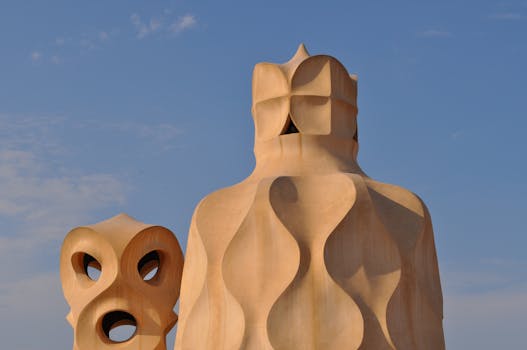
Traveling Through Time: How Europe’s Historical Heritage Shapes Modern Lifestyles in 2025
Traveling Through Time: How Europe’s Historical Heritage Shapes Modern Lifestyles in 2025. Europe, a continent steeped in history and tradition, has a unique ability to blend its rich heritage with modern lifestyles. From the architectural marvels of Rome to the artistic treasures of Paris, Europe’s historical legacy continues to shape the way people live, work, and interact with one another. In this article, we will explore the ways in which Europe’s historical heritage influences modern lifestyles, and how this blend of old and new creates a distinct and captivating cultural identity.
Architectural Heritage
Europe’s cities are renowned for their stunning architectural heritage, with landmarks such as the Eiffel Tower, the Colosseum, and Big Ben drawing millions of visitors each year. These iconic structures not only reflect the continent’s rich history but also continue to play an important role in modern city life. Many of Europe’s historic buildings have been meticulously restored and repurposed, now serving as museums, restaurants, and shops. This blending of old and new creates a unique and dynamic urban landscape, where ancient traditions meet modern innovations.
Artistic and Cultural Heritage
Europe’s historical heritage is not limited to its architecture; the continent is also home to a vast array of artistic and cultural treasures. From the masterpieces of the Renaissance to the vibrant street art of modern cities, Europe’s artistic legacy continues to inspire and influence contemporary culture. The works of famous artists such as Leonardo da Vinci, Vincent van Gogh, and Pablo Picasso can be found in museums and galleries throughout the continent, while modern artists continue to push the boundaries of creative expression.
Culinary Heritage
European cuisine is famous for its diversity and richness, with each country and region boasting its own unique flavors and specialties. From the pasta dishes of Italy to the tapas of Spain, and from the beer halls of Germany to the patisseries of France, Europe’s culinary heritage is a key part of its cultural identity. Modern European cuisine continues to evolve, with chefs incorporating traditional ingredients and techniques into innovative and exciting new dishes. The continent’s vibrant food scene is a reflection of its historical heritage, with each meal telling a story of the past and present.
Modern Lifestyles
Despite its strong historical heritage, Europe is also a continent of modernity and innovation. From the futuristic skyscrapers of Frankfurt to the trendy bars and clubs of Berlin, Europe’s cities are hubs of contemporary culture and lifestyle. The continent’s modern lifestyles are shaped by its historical heritage, with many Europeans embracing traditional values such as community, craftsmanship, and sustainability. At the same time, Europe is also a leader in technological innovation, with cities such as London and Paris at the forefront of digital transformation.
Conclusion
In conclusion, Europe’s historical heritage plays a profound role in shaping modern lifestyles, from architecture to art and cuisine. The continent’s unique blend of old and new creates a captivating cultural identity, where traditional values meet modern innovations. As we look to the future, it is clear that Europe’s historical heritage will continue to inspire and influence contemporary culture, creating a rich and dynamic tapestry of traditions and innovations.






